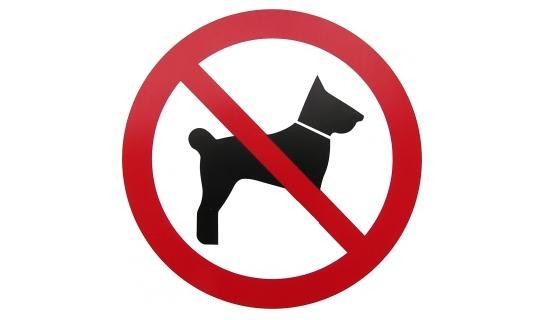Do No-Pet Policies Affect Market Value?

We get a lot of questions on the Saturday morning radio show I co-host (Eye On Real Estate, WOR710), but a recent caller posed one that got me thinking. She is considering a coop purchase in a building that does not permit pets. She is not a pet owner, so it won’t affect her directly, but she wondered about the impact on resale value.
Interesting issue? I thought so too. Here is how I broke it down. Potential coop purchases can be divided into three groups when it comes to pets: (a) pet owners, (b) non-pet owners who are indifferent to pets and don’t mind others in the building, and (c) non-pet owners who do not want to live in a building with pets. Let’s analyze a building that does not permit pets. The no-pet policy will exclude group (a), as I have never known a pet owner who was willing to get rid of Rover just to land the perfect apartment (I have known several spouses who were more than willing to get rid of the other spouse’s pet, but usually the pet-loving spouse wins that argument. The no-pet policy will likely be of no value to group (b), who although not having a pet is indifferent to others having one. Only group (c) will find the policy a benefit, and arguably pay a premium for it. But will one group’s exclusion outweigh another’s inclusion in such a way to have an impact on market value? My instinct was the potential negative far outweighs the potential positive, with there being far more members of group (a) than group (c).
Sure enough, I’m not barking up the wrong tree (clever huh?). Economists have studied this issue and the conclusions are compelling. “Pet Policy And Housing Prices: Evidence From The Condominium Market,” an academic paper by Zhenguo Lin, Marcus T. Allen and Charles C. Carter, examined this question. Their findings suggest a market discount associated with buildings that have no-pet policies and a premium associated with unrestricted or pet-friendly pet policies. Turns out that membership in group (c) is far rarer than one might think, and such members are willing to put aside their no-pet preference in exchange for an otherwise attractive building. But as noted above, group (a) members – the pet owners – are simply unwilling to consider a building that bans pets. Moreover, there are far more members of group (a) and (b) than (c) so simple supply and demand dictate a market preference for less restrictive pet policies.
And prudent unit owners in buildings considering changing their policies should take note that the new policy might decrease their property value. So before putting out the Not Welcome mat to pet owners, take a moment to analyze things, it might just add thousands to your selling price.




Jerry, great article on pet policy/market value.
Lucy